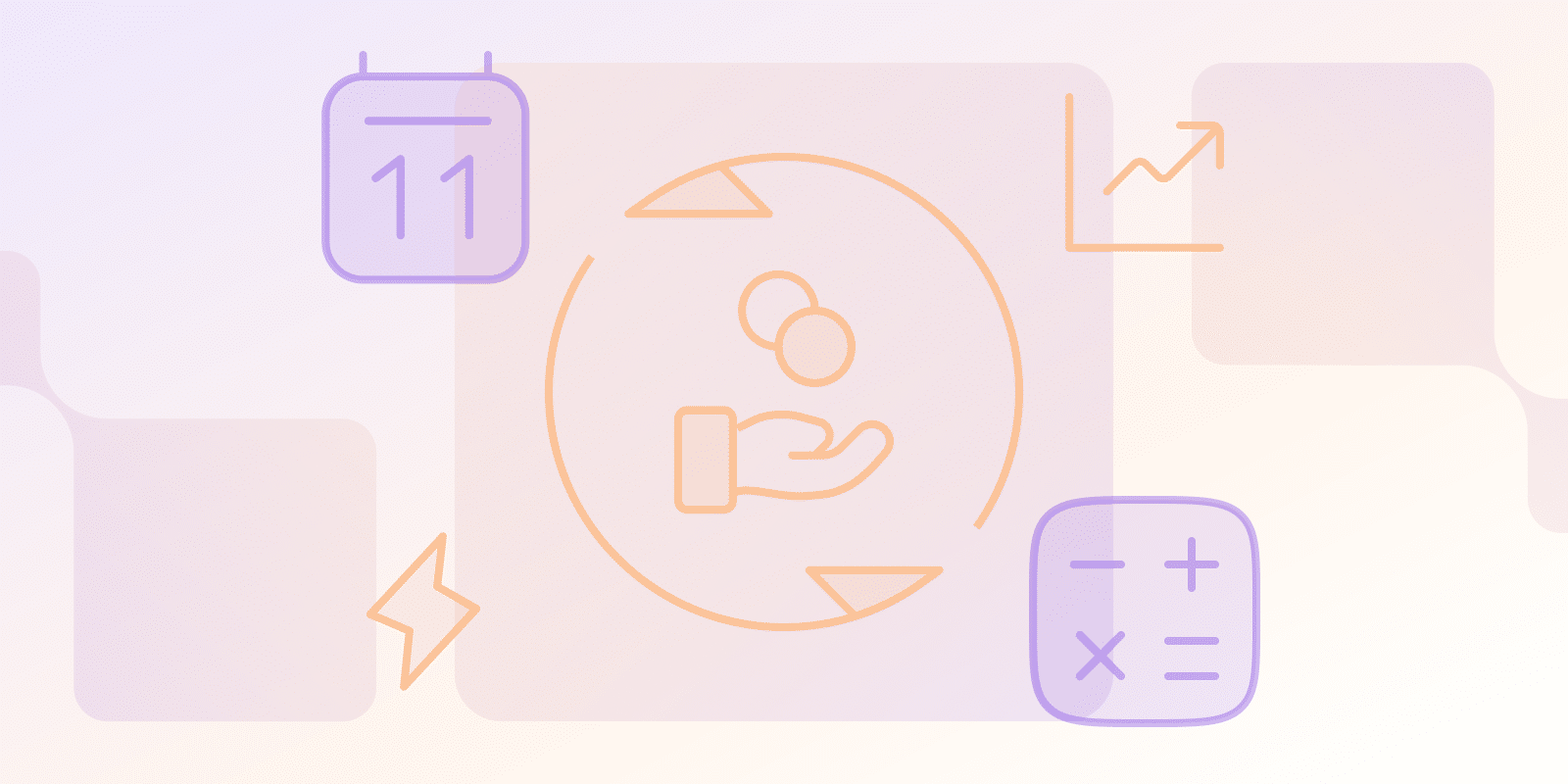SaaS Metrics and KPIs
What is CAC Payback Period?

What is the CAC payback period?
The CAC payback period is the time for an investment to be recovered. It’s important because it provides information about the efficiency of a business and its ability to grow while generating the required cash flows.
The CAC payback period allows companies to determine the timeframe for potential reinvestment in growth opportunities. This metric also underlines the need to watch the sales and marketing costs to achieve a reasonable gross margin for the accrued new customers.
What are the advantages and disadvantages of the CAC payback period for new customer acquisition?
The CAC payback period helps assess how productive customer acquisition attempts are. It measures how long a company will recoup its expenses in acquiring a new customer. The greater the reduction in numbers, the more effective the implementation of the acquisition strategy is. The CAC payback period is a useful metric, but it has limitations.
Instead of considering the profitability of the customer relationship, the model focuses on the cost of acquiring them. The CAC payback period can be altered by factors external to the company, such as market factors.
It can measure and report the success of various customer acquisition strategies. However, the CAC payback period does not consider the net cash flows from servicing a client.
How to calculate CAC?
To calculate the CAC Payback Period normally, it is necessary to divide the customer acquisition cost (CAC) by the customer average monthly recurring revenue (MRR).
For example, consider a company acquires a customer for two thousand dollars, and the MRR of that customer is one hundred dollars. This means that the CAC Payback Period would be twenty months.
While a shorter payback period can lead to lower customer acquisition costs, the impact on overall revenue may vary depending on other factors.
Different industries and types of business models affect the value of the average CAC Payback Period.
SaaS firms generally have longer payback periods than e-commerce businesses due to higher initial customer acquisition costs.
To reduce each organization’s CAC Payback Period, target customers with high potential, increase the effectiveness of the marketing and sales funnels, and decrease the customer’s acquisition cost.
What factors make customer lifetime value challenging to calculate during initial investment periods?
Recovering the expense of recruiting new customers depends on keeping existing ones, as losing them too soon might have a detrimental effect on finances. To put it plainly, growth and stability should come first when it comes to luring and keeping a high CLTV.
Examine these elements to gain a deeper understanding of revenue generation:
- Repayment schedules
- Rates of customer upgrade
- Lower customer satisfaction ratings
- Rates of customer attrition
- SaaS pricing strategies
Although customer attrition poses a risk to the company’s financial health, employing client retention tactics may be beneficial.
Lastly, keep in mind that although the typical CAC payback duration indicates a five-month period, clients may really need more or less time to recover their acquisition costs.
How do I know if my company is getting enough return investment based on a CAC Payback Period?
A number of factors need to be taken into account in order to assess whether a business is getting a good return on investment (ROI) based on the CAC payback Period.
The investment’s efficacy is evaluated or examined. This is typically accomplished by comparing it to other factors, including the average return on such investments or the average return within the industry.
Recall that ROI should only be used in conjunction with other SaaS metrics, such as customer lifetime value or the overall business goal.
| Business Model | Typical CAC Payback Period | Key Characteristics |
|---|---|---|
| Business Model Comparison | ||
| SaaS B2B | 5-12 months | Higher initial acquisition costs, longer contract cycles |
| SaaS B2C | 3-6 months | Lower acquisition costs, faster conversion rates |
| E-commerce | 2-4 months | Quick transaction cycles, lower customer acquisition investments |
| Performance Indicators | ||
| Good CAC Payback | Less than 12 months | Indicates efficient customer acquisition strategy |
| Average CAC Payback | 12-18 months | Requires optimization of sales and marketing efforts |
| Concerning CAC Payback | Over 18 months | Signals potential inefficiencies in customer acquisition |
Conclusion
Using the CAC Payback period effectively defines the potential success of your customer acquisition from the insights provided to drive growth and profitability for the long term.
Focus on low-cost acquisition, customer retention, and marketing strategies. By actively managing this and making informed decisions, a more sustainable business model is likely for the long term.